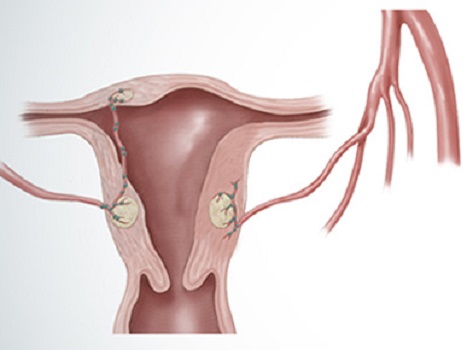Do you have to endure acute pain every month, during your menstrual period? If yes, then you should know the fact that this is a major symptom of uterine fibroids or leiomyomas. Now the question is what fibroids are? These are the abnormal tumour growths on the muscle wall of the female reproductive organ, i.e., the womb. These tumours are not life-threatening since they are non-malignant in nature. Women who are at their childbearing or reproductive age are at high risk for these non-cancerous cysts. The size and number of these cysts are variable.
Reasons Why Fibroids Appear
The exact cause for the growth of leiomyomas is still unknown. As per certain researches, the below-mentioned factors play a major role in the growth of fibroids.
- Female hormone, like, estrogen and progesterone, play the key role behind this health issue
- Family history
- Women who have dark complexion
Whatever, the reason is, you may become able to lead a painless and healthy life, through fibroid removal surgery and other treatments.
Common Types of Fibroids
Based on the location of this non-malignant tumour in the uterus, there are different types of uterine fibroids, including,
- Intramural
- Subserosal
- Submucosal
- Cervical
Common Symptoms for Uterine Fibroids
The patients with this gynecological condition often have absolutely no symptoms. This is why they remain unaware of these cysts. However, in certain other cases, leiomyomas appear with some common symptoms, like,
- Heavy and painful bleeding period
- Lower back pain
- Increased menstrual cramping
- Frequent urination
- Swelling or bloating of the abdomen
- Pain during intercourse
- A feeling of pressure in the lower abdomen
Diagnosis
If you come across all the mentioned symptoms, you should consult the best gynecologist with years of experience. Your doctor will ask you about your medical history, and he or she will also recommend the diagnosis procedures, including,
- X-ray
- Magnetic resonance imaging or MRI
- Transvaginal ultrasound or ultrasonography
- Hysteroscopy
- Blood test and so on
With a proper diagnosis procedure, your doctor will be able to detect your health issue.

Treatments
Once you are diagnosed with uterine fibroids, the doctor can suggest you undertake any of the following treatment options.
- Medical Treatment: When women approach menopause, these non-malignant cysts start shrinking. However, in case the fibroid is quite big and come with some prominent symptoms, the doctor may prescribe some ant hormonal agents, painkillers or others.
- Surgical Options: For severe cases, the physician may recommend you to go for the surgical treatments, like, hysterectomy or myomectomy. The former is the surgical procedure that aims to remove the fibroid affected womb. On the other hand, the latter aims to remove the fibroids through the surgery.
- UFE: Uterine fibroid embolization is a minimally invasive process that blocks the blood flow to the non-malignant cysts so that they get shrunk. UFE involves fewer risks and rapid recovery.
So, this is all for now, regarding uterine fibroids. To know more about this, you can contact an experienced and highly professional gynecologist soon.
